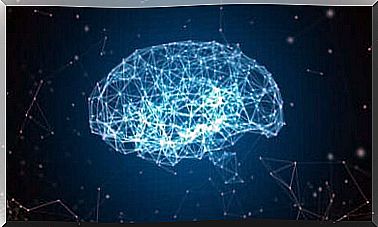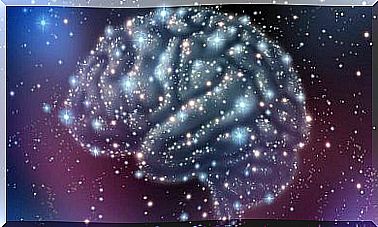Feelings Motivate The Mind, According To Antonio Damasio
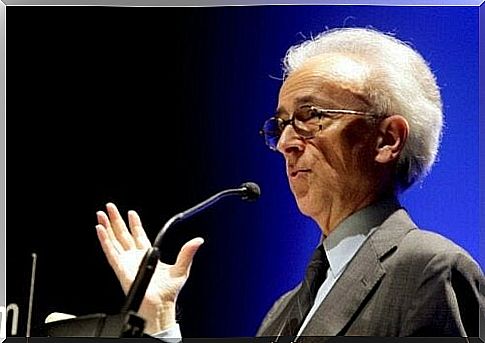
Antonio Damasio is a Portuguese neuroscientist who has devoted much of his life to the neuroscientific study of how feelings motivate the mind. In his book, Descartes’ Error: Emotion, Reason and the Human Brain , he elaborated on the idea that feelings motivate the human mind.
Damasio completed consolidating his dissertation in his book Feeling & Knowing: Making Minds Conscious . His long experience and research led him to conclude that feelings are indeed the motivation of the mind, rather than knowledge or reason.
What is the meaning of the statement that feelings motivate the mind? It refers to the fact that behavior is not so much about what people think rationally. Instead, it comes from the proverbial heart. Damasio says that human civilization is essentially the result of feelings.
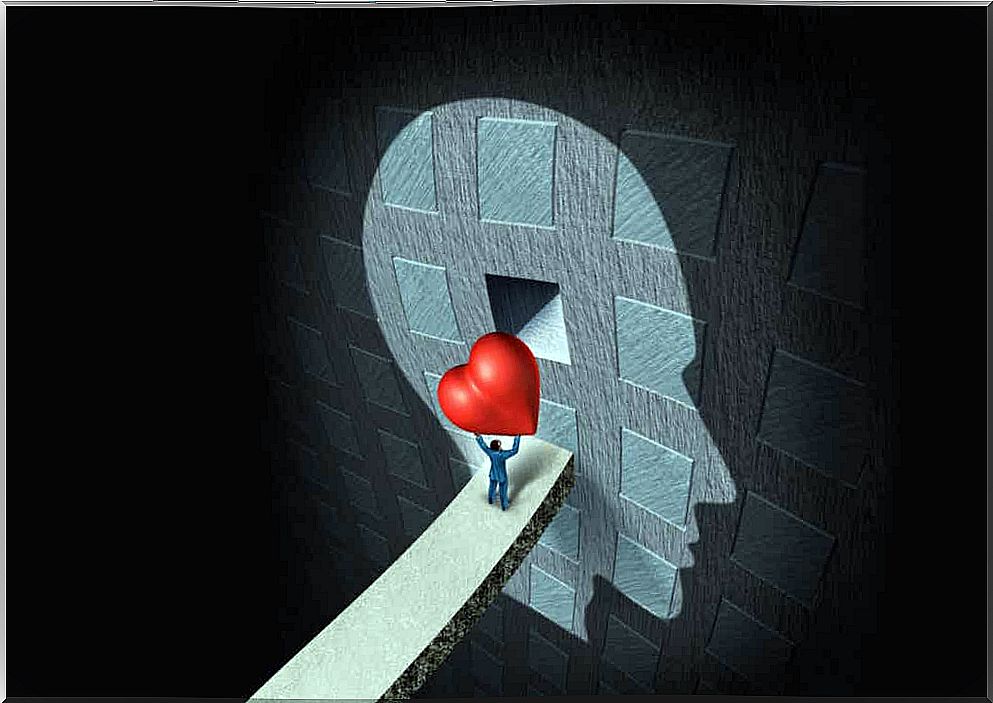
Feelings motivate the mind
It is easy to find the relationship between emotions and certain actions, such as writing a poem. However, Antonio Damasio says that even space exploration, microscopic examination and business decisions are the result of how one or more people feel.
This neuroscientist confirms that some modern means of examining the brain enabled him to confirm his statement. One can make detailed images of the whole brain and study them in depth by means of, for example, magnetic resonance.
It is precisely because of these scans that the world knows a lot about today’s brains and not just through observable behavior, as was the case before. What does this have to do with the statement that feelings motivate the mind? Read on to find out.
Mind, emotions and feelings
Antonio Damasio points out that emotions are one of those automated devices through which humans come into the world. It works on its own and does not require any thinking to activate. There are some primary or basic emotions, such as fear, anger, satisfaction, sadness, etc. Other emotions are social and therefore more complex.
Although emotions are innate, people learn to associate them with certain objects or events as they get older. For example, it is possible to relate the object “dog” to the emotion “happiness” or to associate the event “gathering of people” with the emotion “fear.” That connection between an object or event with an emotion is what forms feelings.
Moreover, emotions are visible in the body. Anxiety, for example, causes an increase in heart and respiratory rates and paleness. However, feelings are a symbolic reality. Also, the emotion creates a sequence of actions, while the feeling is the result of that chain.
So you can feel happy when you see a dog and that feeling of well-being leads to petting it. Maybe you see a group of people and the emotion “fear” is activated, so you flee from that place. The emotion is what comes up initially and the feeling corresponds to the decision to act in a certain way.
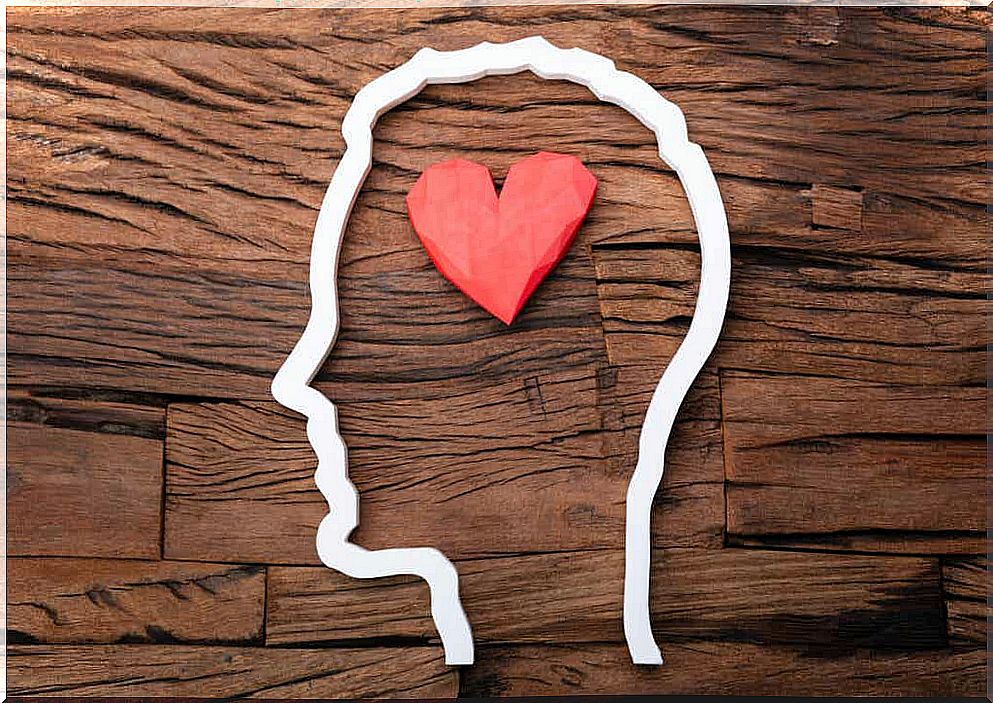
Motivation
On the basis of this basic working you arrive at both emotions and complex feelings. Based on this, Antonio Damasio argued that feelings motivate the mind. However, from a biological point of view, feelings are the “homeostatic regulation.”
Such regulation refers to the equilibrium state of an organism. Damasio says they act as informants. For example, when someone wakes up feeling excited and eager to start the day, the homeostatic balance is good. In contrast, feeling sad or angry are signs that this balance has been disrupted.
In one case, people will be more willing to take action and take on challenges, even if they are complex. In the other, the opposite will happen. This illustrates how feelings ultimately motivate the mind.
In either case, there will be a tendency to certain types of actions. All this merges into concrete developments, into knowledge and experience.




